API 容量保护
最后更新时间:2023-12-29 14:53:12
为什么要对 API 进行容量保护?
由于 API 是面向程序自动化调度所设计的,因此容易受到自动化调度引发的网络攻击。
攻击者会试图重放并自动填充不同认证凭据的业务流量攻击,导致相关业务敏感数据的泄露造成业务损失。
利用自动化工具发起 Layer-7 的 DOS 攻击,通过不断地发起相关业务请求,通过高频次的调度占满服务器的带宽及上下游的计算、存储资源,造成业务平台不稳定。
攻击者通过利用自动化模糊测试的工具,对业务进行定向攻击绕过测试,用于绕过定向的安全防护。
攻击者通过编写自动化编程工具,将有资源额度的相关 API 进行资源耗尽攻击。
可以分为如下四个模块,对 API 进行业务防护。
API 容量防护
API 安全防护
API 资产管理
API 生命周期管理
本文将从 API 容量保护角度进行梳理。在开发的生命周期内,API 的开发运营人员在进行 API 开发及维护时,可以通过使用缓存、降级、限流措施用来保护及提高 API 系统容量的稳定性。
提升系统访问速度和增大系统处理容量。
当服务出现问题或者影响到核心流程时,需要暂时屏蔽掉 API 的访问,待高峰或者问题解决后再打开。
通过对并发访问/请求进行限速,或者对一个时间窗口内的请求进行限速来保护系统,一旦达到限制速率则可以拒绝服务、排队或等待、降级等处理。
上述三种有效的防护手段措施可以在开发、运营部署的过程中进行实现,但是会消耗大量的人力资源成本及开发成本。并且在整个 API 安全的生命周期中,需要对所有的 API 资产进行对应的 API 容量保护。
因此需要对每一个 API 接口进行特定的业务改造,这个时候工程量就会呈指数级上涨。可以采用如下方式来对业务 API 进行快速的容量保护。
如何对 API 进行容量保护?
对 API 进行容量保护时,除了上述部分中描述的缓存、降级、限流可以通过自己开发运维外,还可以通过 Web 应用防火墙中的相关模块进行定向的 API 容量保护,本文将会以如下9种可在 Web 应用防火墙中保护的方法进行定向 API 的快速容量保护。
防护细项 | 防护实践内容 |
API 内容缓存 | 静态 API 资源缓存 |
API 访问降级 | 阻断 API 的异常流量保护业务系统稳定 |
API 限流 | 限制 API 整体访问请求流速 |
API 客户端调度访问限速 | 限制客户端调度 API 的访问速度 |
API 敏感调用保护 | 保护敏感 API 接口调度不被滥用,保证业务数据不被外泄 |
API 资源调用保护 | 保护 API 强资源消耗接口调度不超限额 |
关键 API 调用保护 | 在调度关键 API 的时候进行2fa/mfa/人机识别 |
API 验签保护 | 验证客户端是否为真实客户端进行访问 |
API 异常访问源调度保护 | 保护 API 不被异常的访问资源访问 |
API 内容缓存
由于公共 API 的返回接口内容较为频繁,消耗资源较大,如果 API 返回内容在一段时间内都不会持续的更新,那么就可以对 API 的相关内容进行缓存,减少 API 服务端的计算资源、带宽资源的损耗。
1. 在网页防篡改页面,单击添加规则,弹出添加防篡改规则弹窗。
2. 在添加防篡改规则对话框中,填写相关字段,设置完成后,单击添加。
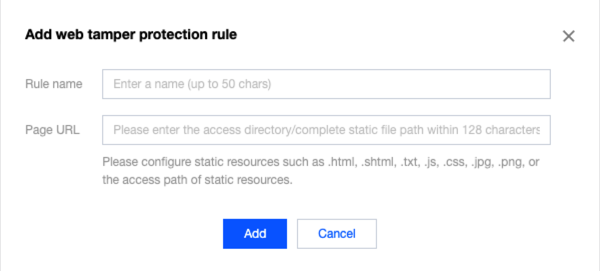
字段说明:
规则名称:防篡改规则名称,最长50个字符,可以在攻击日志中按照规则名称进行搜索。
页面路径:防篡改路径,需要进行防篡改保护的 URL,需要指定详细 URL,不支持路径配置。
说明
指定页面仅限于.html、.shtml、.txt、.js、.css、.jpg、.png 等静态资源。
添加规则后,用户第一次访问该页面,WAF 将会对页面进行缓存,后继访问的请求为 WAF 缓存页面。
3. 完成的防篡改规则后,规则默认启用。
API 流速限制
对 API 的流速限制分为两个部分:
对服务端 API 整体的流速限制
如果对服务端进行整体的 API 限速限流,容易导致部分客户端无法访问到业务信息。由于恶意流量在攻击时,流量数据会比较大,如果通过 API 后端服务限速,大多数访问流量信息基本都为异常访问用户,正常访问用户很少,容易造成大量正常用户的客诉。因此,建议对客户端的调用进行流速限制,可以通过对客户端的限频或限速,来实现对 API 流速的限制。
对客户端调用的流速限制
在 Web 应用防火墙中的,可以通过 CC 防护设置、BOT 管理进行对客户端的限流。
CC 防护设置
CC 防护功能可配置每个客户端的整体的访问频次,一旦客户端的访问频次超出限制的预期,则对其进行相关处置。
1. 在 CC 防护页面,单击添加规则。

2. 在添加 CC 防护规则对话框中,配置相关参数,单击确定。
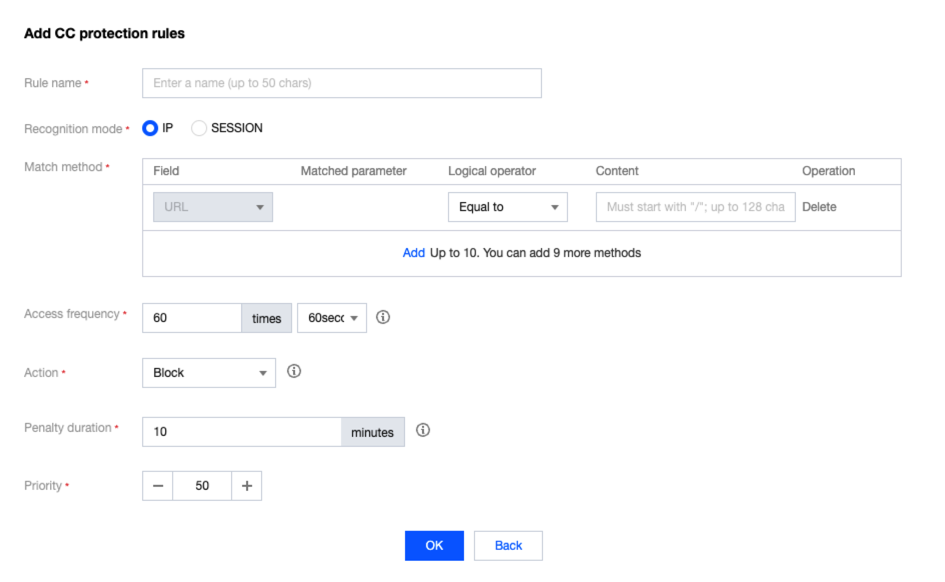
BOT 管理设置
1. 在 BOT 防护页面的场景化管理模块,单击目标场景的查看配置。
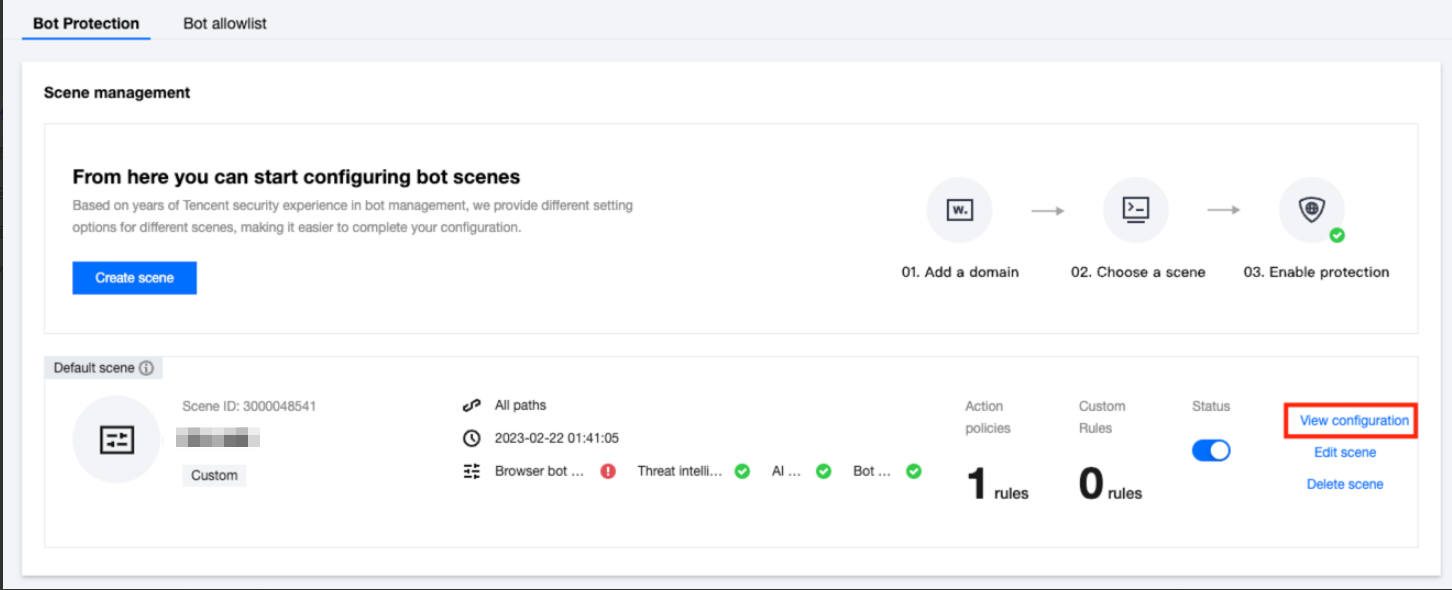
2. 单击自定义规则的添加规则,配置相关参数,单击确定即可。
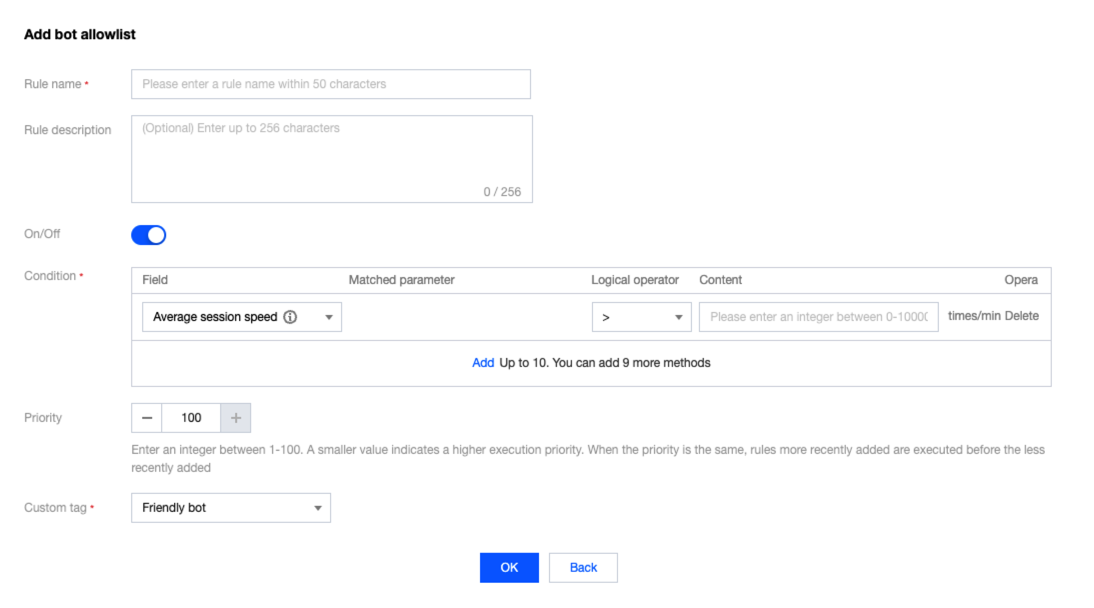
Session 设置/会话设置
由于在现网环境下,IPv4 的 IP 数量越发紧张,目前很多 IP 运营商都会将客户端放置在 NAT IP 下,即一个 IP 下面有多个业务客户端。如果单纯对业务进行 IP 的限速,在面对 NAT IP 的情况下,容易触碰到业务配置的 IP 限频策略,导致误拦截的现象。如果业务配置限频过于宽松,又会使相关业务的限频拦截无法起到限流的效果。
因此,可以在 Web 应用防火墙中配置 Session 设置/会话设置,既可做到自动分辨同一 IP 下的不同客户端,实现对单一客户端的业务限频。
Session 设置
1. 登录 Web 应用防火墙控制台,在左侧导航栏选择基础安全。
2. 在基础安全页面,左上角选择需要防护的域名,单击 CC 防护,进入 CC 防护页面。

3. 在 SESSION 设置模块中,单击设置,设置 SESSION 维度信息。
4. 在 SESSION 设置对话框,配置相关参数,单击确定。
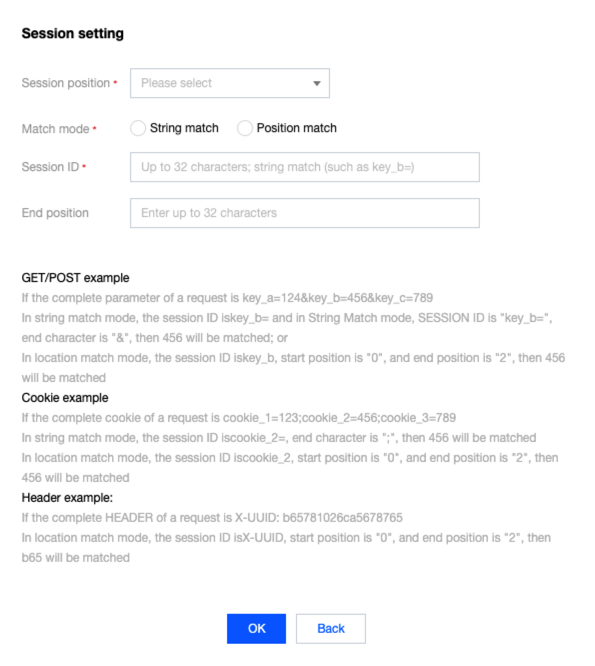
参数说明:
SESSION 位置:可选择 HEADER、COOKIE、GET 或 POST,其中 GET 或 POST 是指 HTTP 请求内容参数,非 HTTP 头部信息。
匹配模式:除 HEADER 模式(仅支持位置匹配)外,均支持选择字符串模式匹配或位置匹配。
SESSION 标识:取值标识,32个字符以内。
开始位置:字符串或位置匹配的开始位置,1-2048以内的整数,并且最多只能提取128个字符。
结束位置:字符串或位置匹配的结束位置,1-2048以内的整数,并且最多只能提取128个字符。
会话设置
1. 在 BOT 管理 > 高级设置模块,单击会话管理的前往配置。

2. 在会话管理页面,单击添加配置,配置相关参数,单击确定即可。
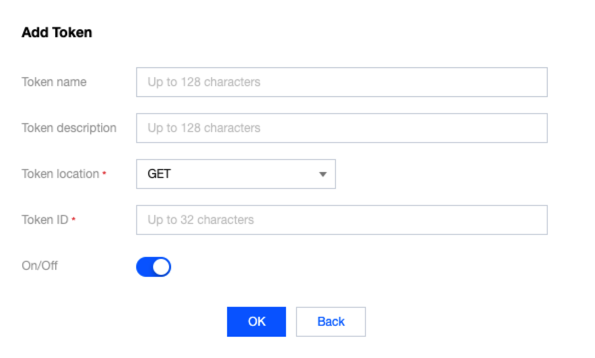
说明
会话管理应为可持续性跟踪 tokenid ,例如登录后的 set-cookies 的值。
参数说明:
Token 位置: 可选择 HEADER、COOKIE、GET 或 POST,其中 GET 或 POST 是指 HTTP 请求内容参数,非 HTTP 头部信息。
Token 标识:取值标识。
控制客户端的 API 调用
每一个敏感的 API 都有应该存在调用次数限制,例如:在短信 API 服务中,如果不对其进行相关限制,攻击者会滥用 API 接口,消耗短信资源包,造成超额的计费账单。如果敏感 API 接口在客户端调用前,进行 2fa/mfa 或人机识别等验证,可以有效减少异常 API 调度。
敏感 API 调度前进行人机识别
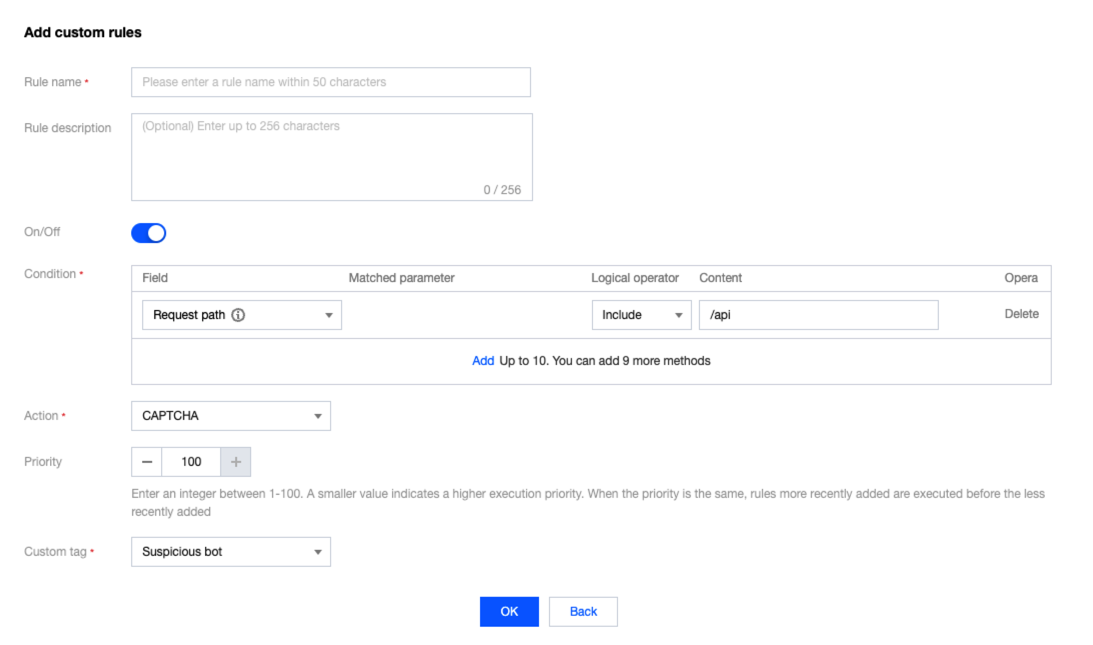

限制客户端在单一会话时间内的 API 调度总次数


如何进行客户端的 API 访问进行验签?
客户端的验签可以有很多种方式,包括但不限于:
mtls。
客户端签名验证。
客户端数据挑战。
用户可以通过配置 mtls、客户端数据签名挑战等方式进行数据的加强验签。


文档反馈

